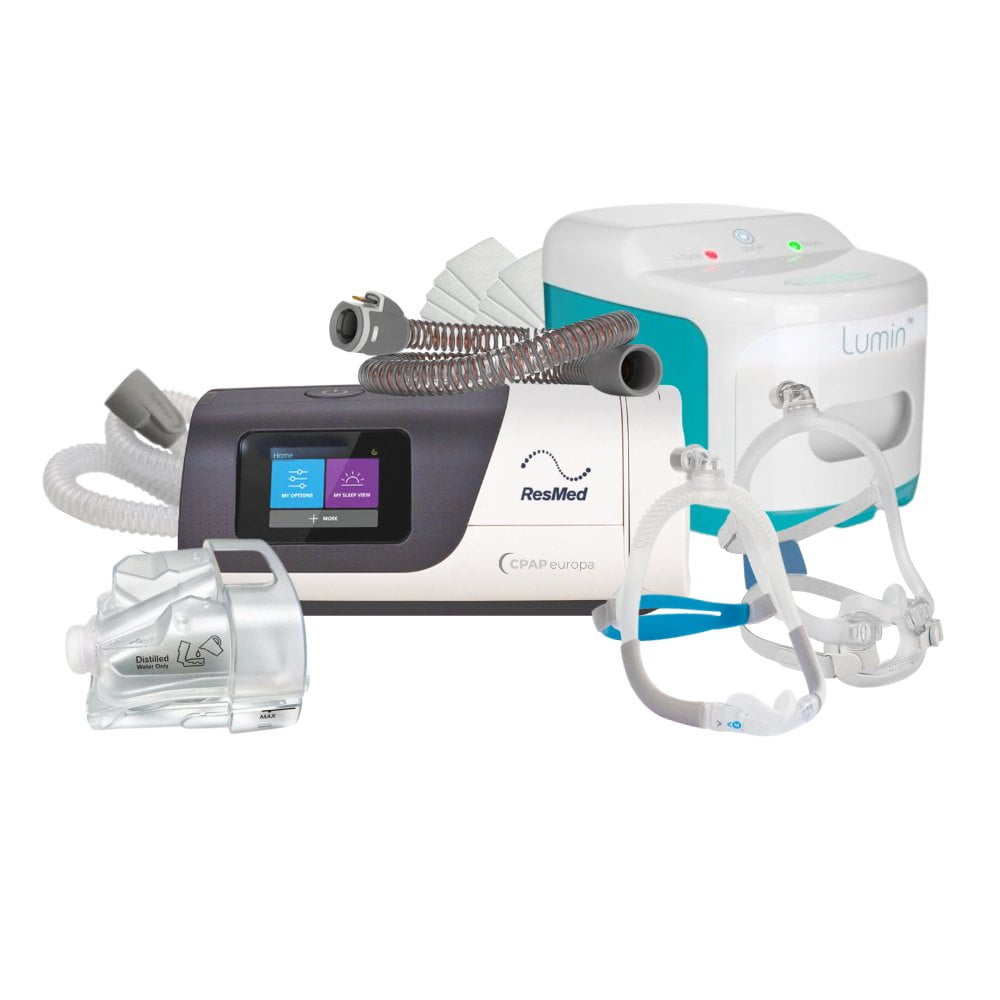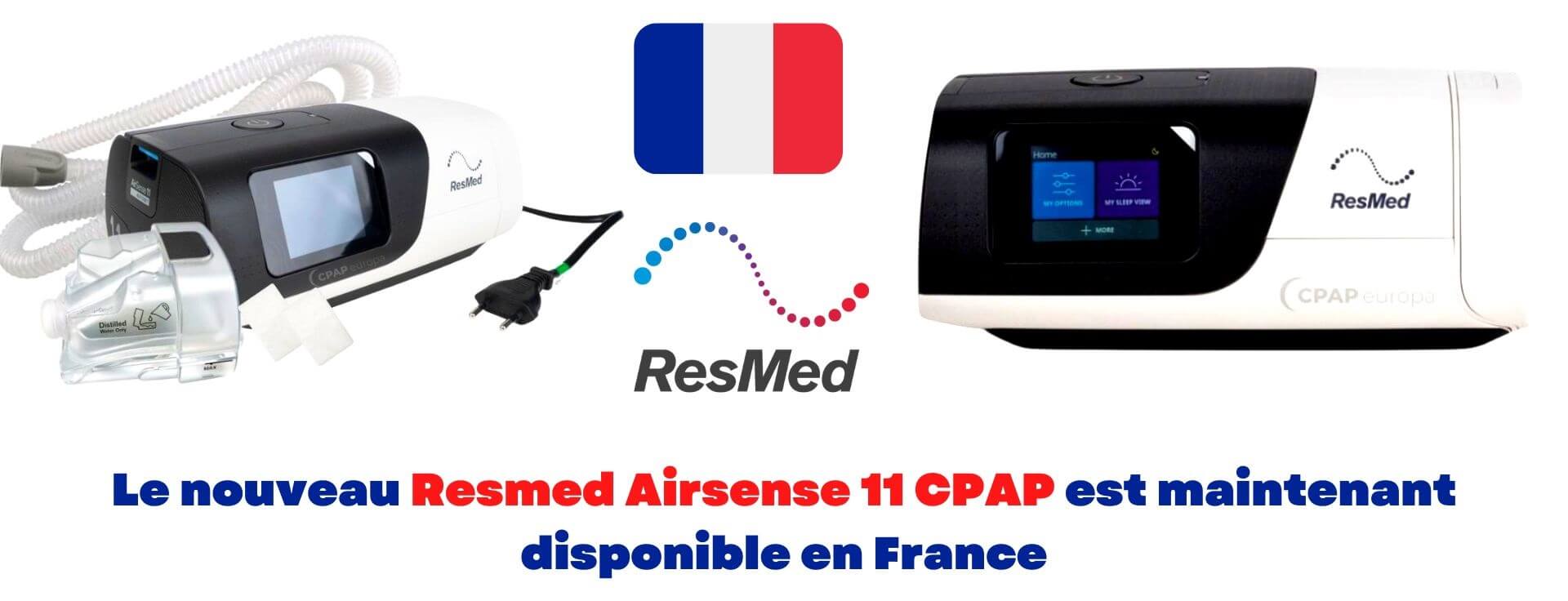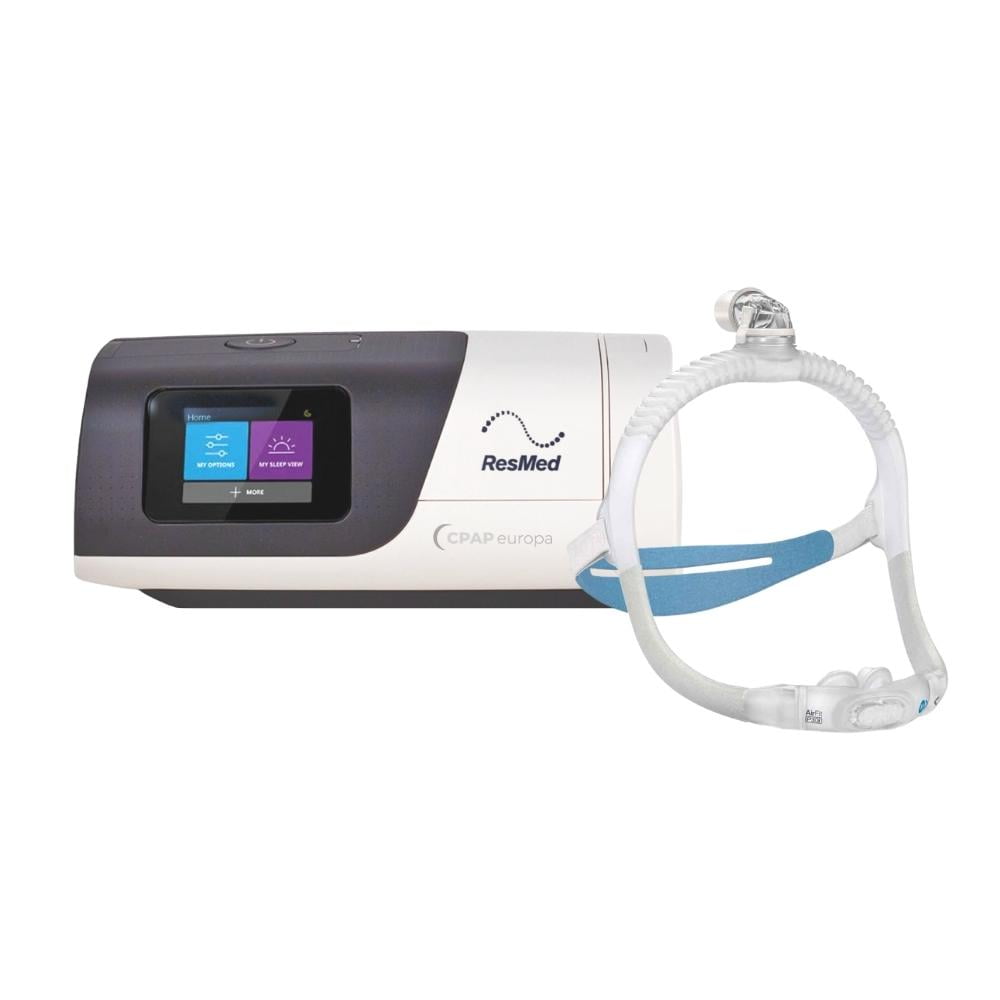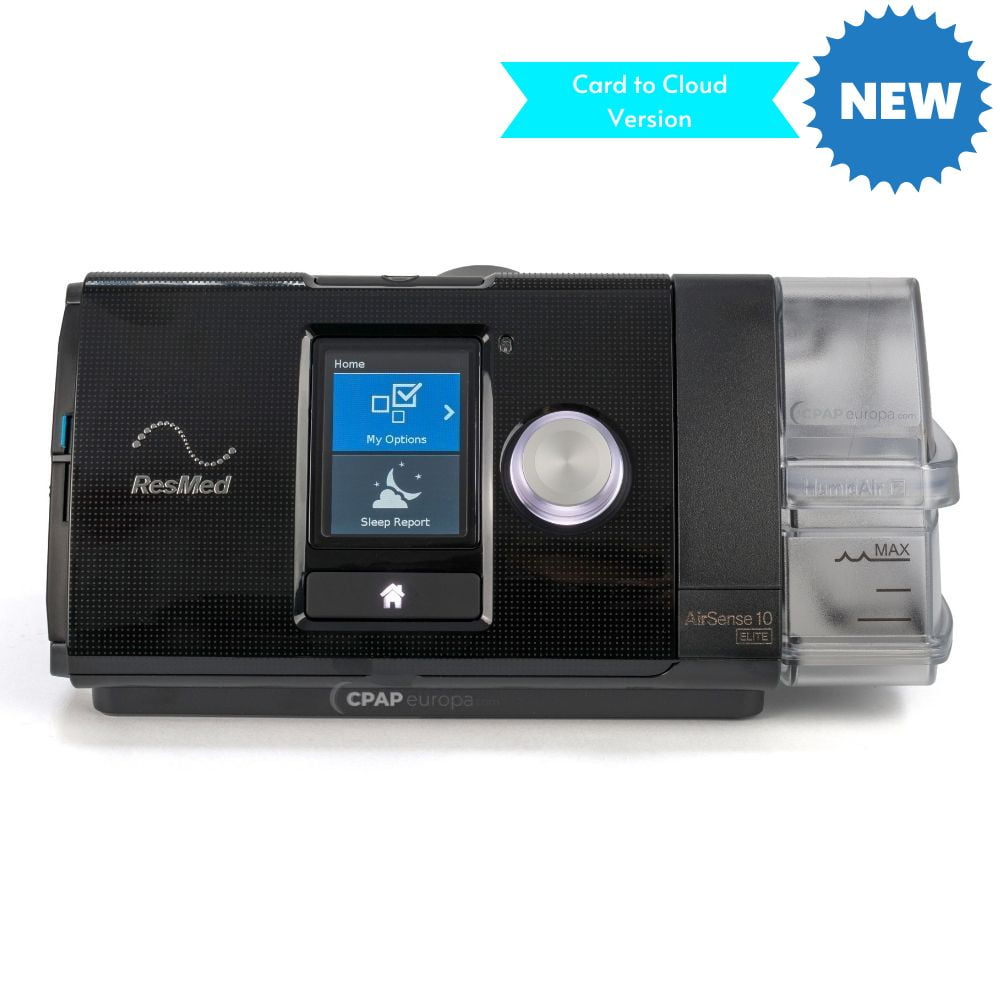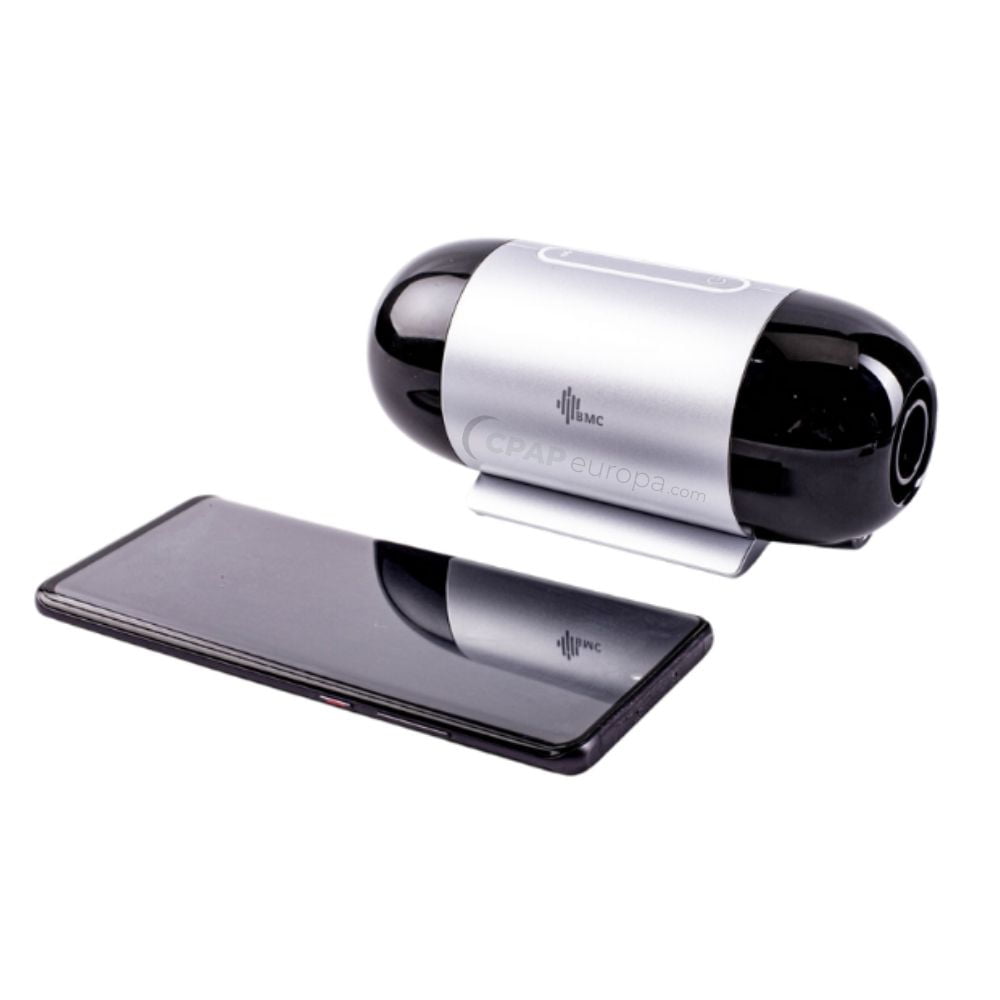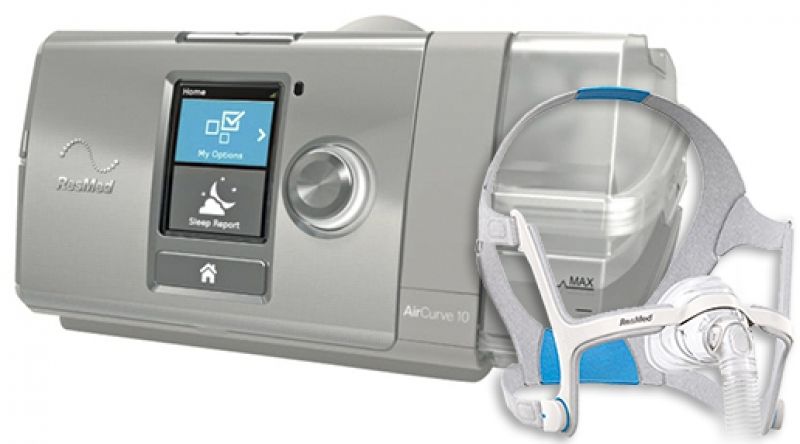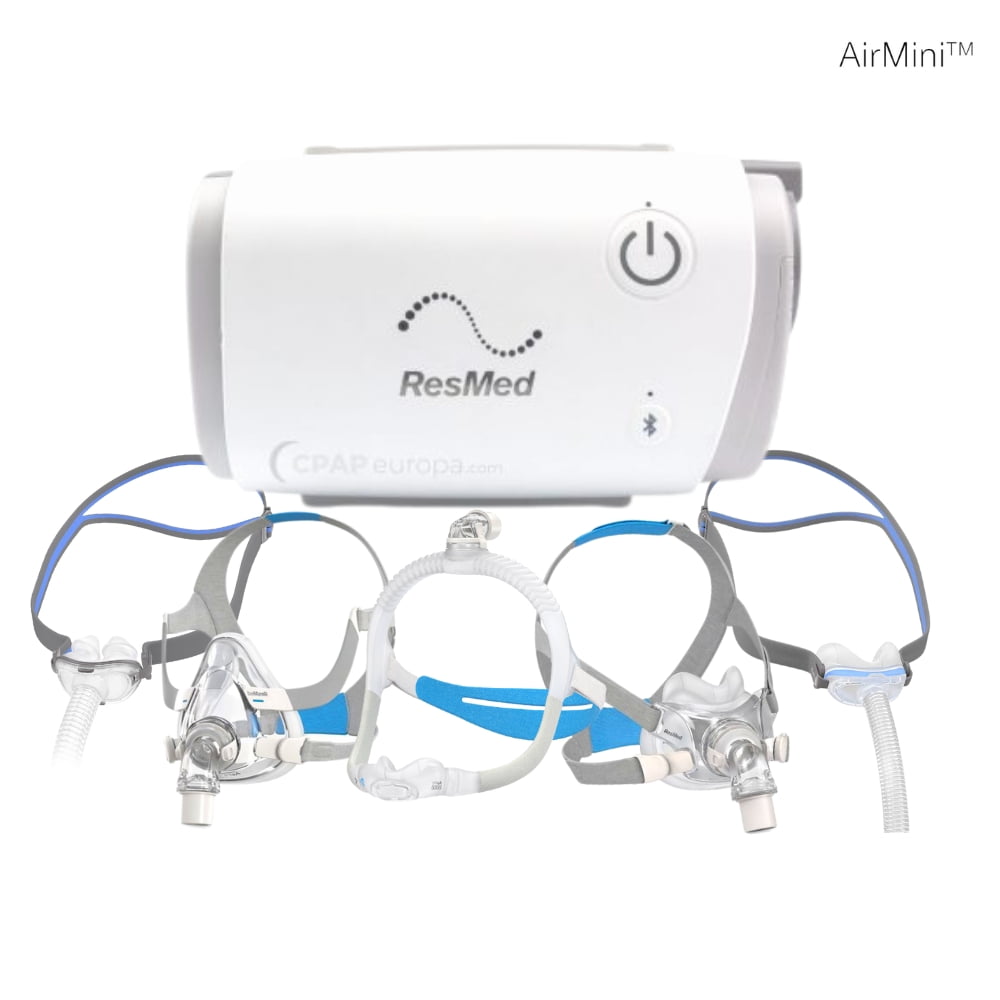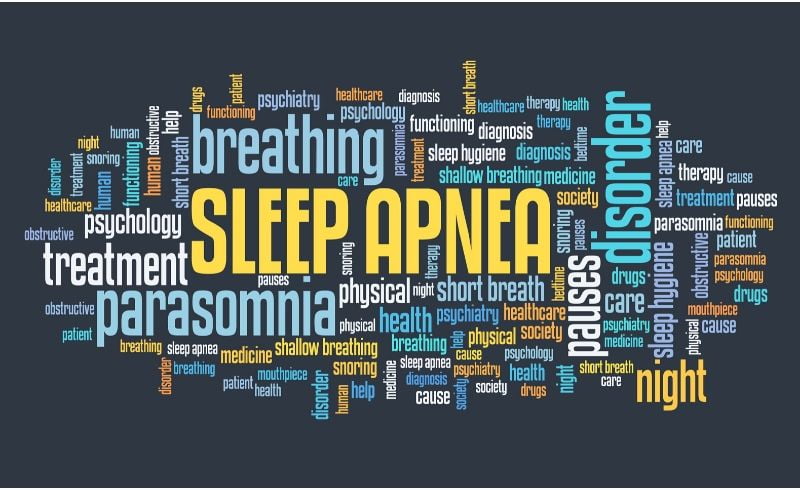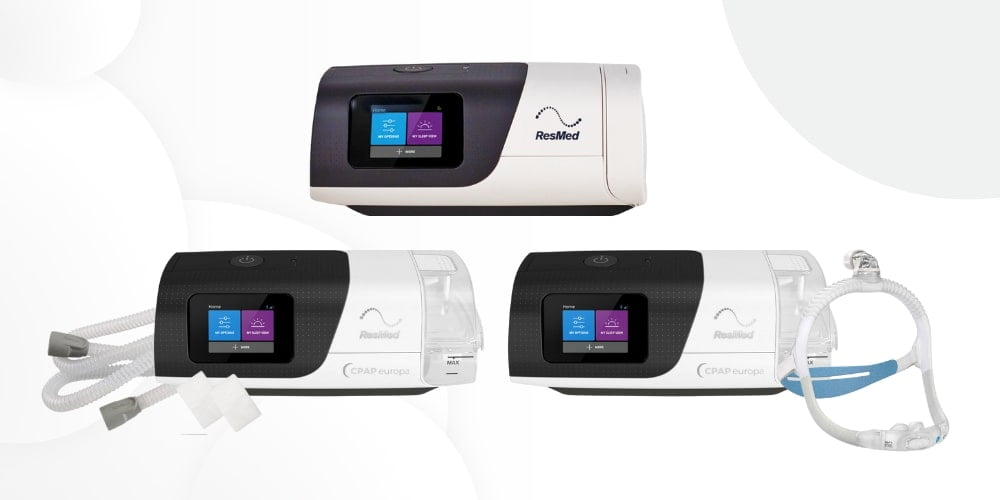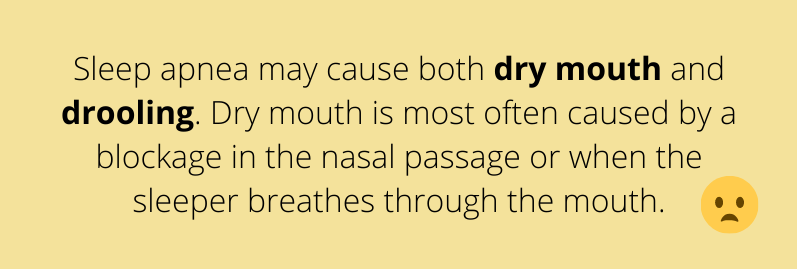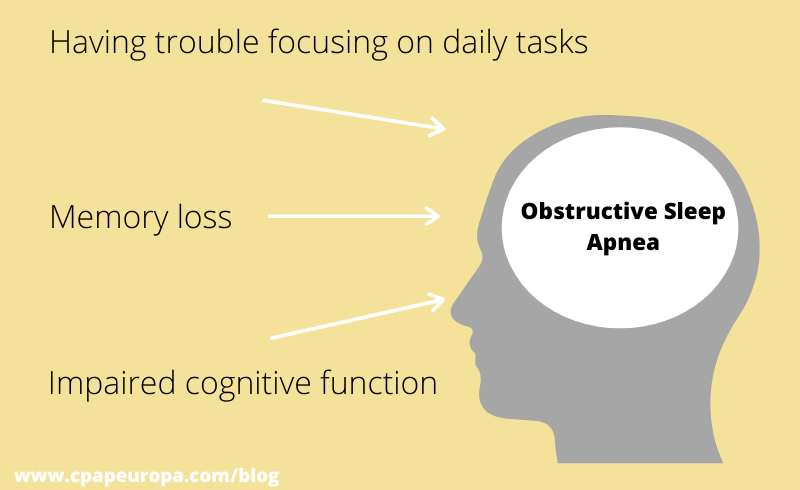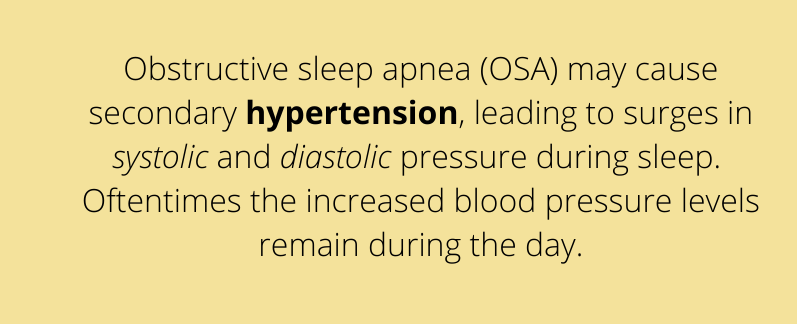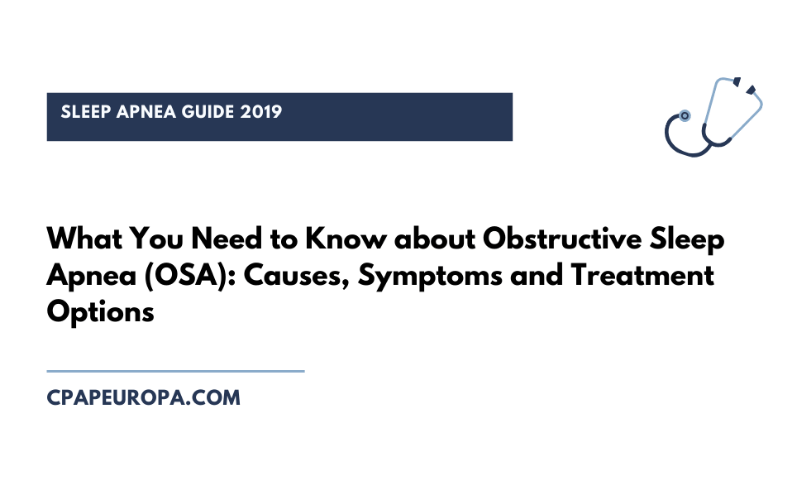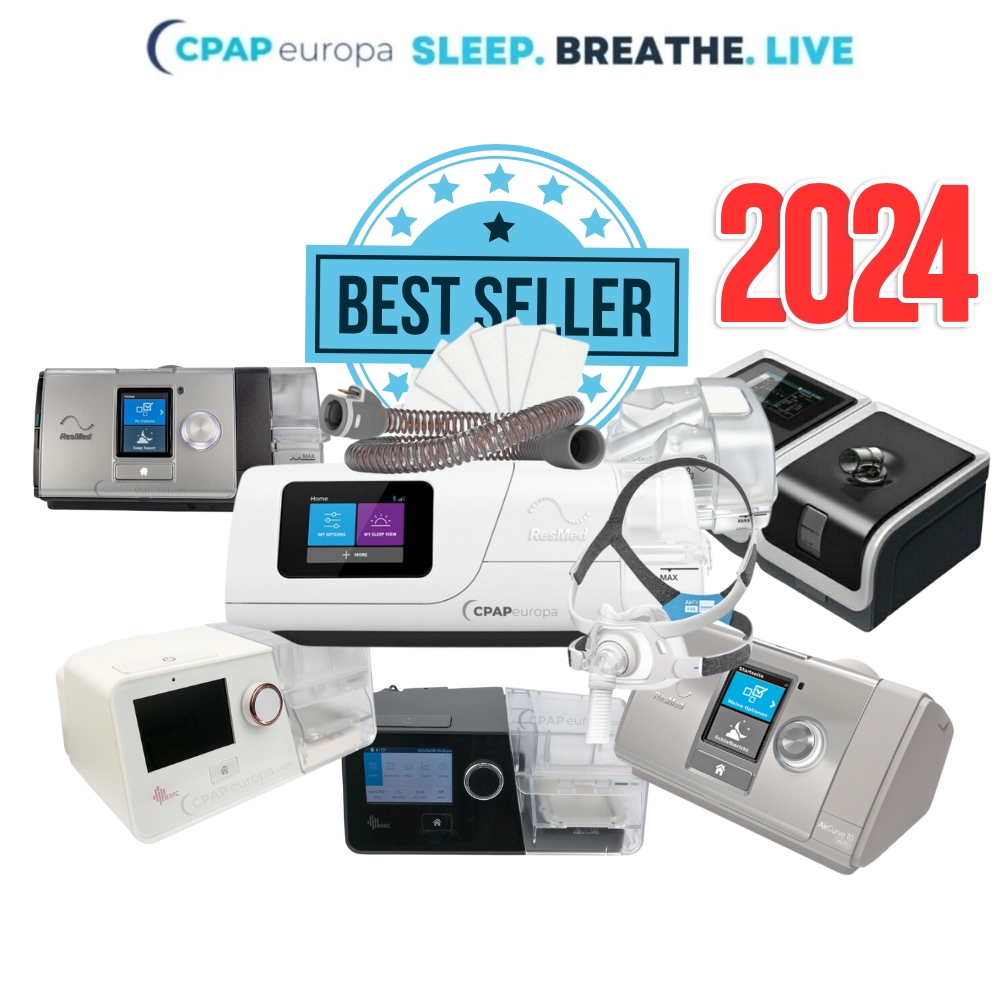
Choosing the right BiPAP machine can feel overwhelming. With a multitude of models boasting various features, it’s easy to get lost. This comprehensive guide simplifies your decision-making by ranking the best BiPAP machines available on CPAPeuropa.com. We’ve meticulously analyzed expert reviews and key features to provide you with the information you need to make an informed choice.
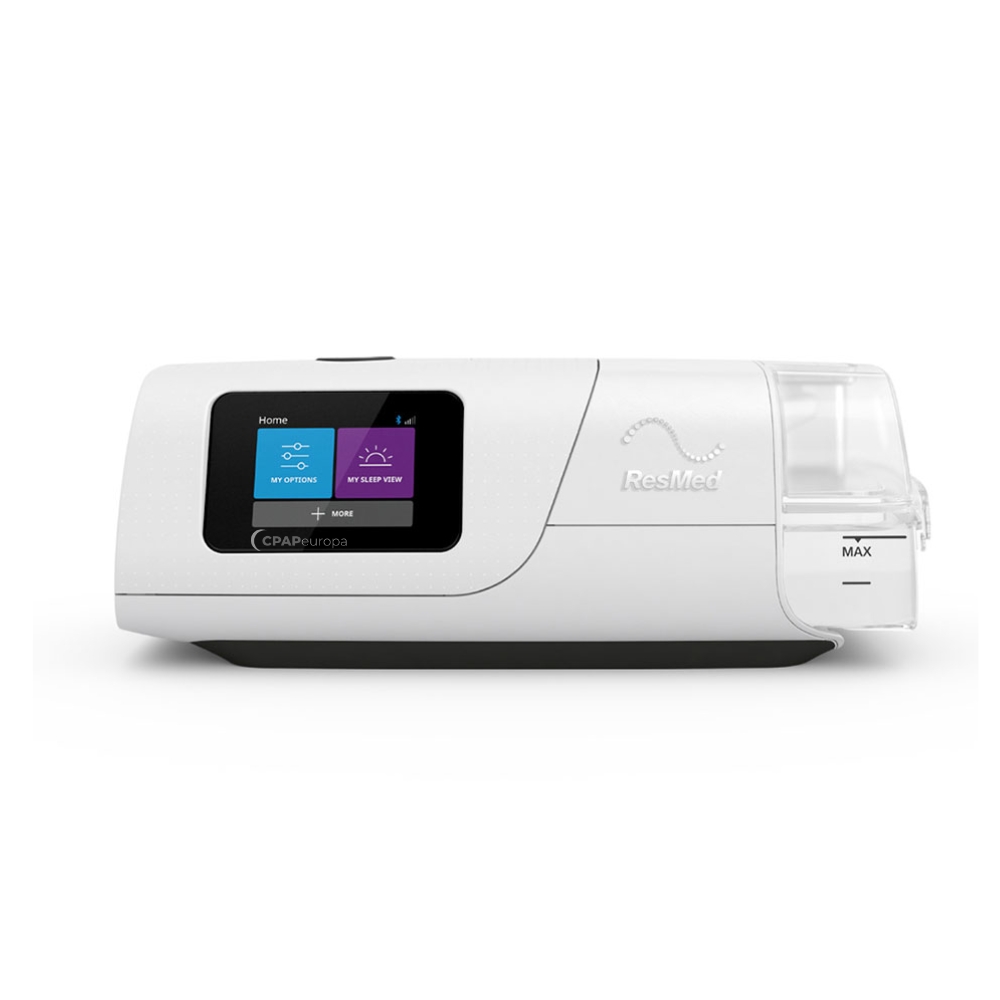
Use this link for the best current ResMed discount
1. ResMed AirCurve 11 VAuto BiLevel Device
Price: €1,900.00
The ResMed AirCurve 11 VAuto secures the top spot in our ranking, and for good reason. As the latest BiPAP device from ResMed, it sets a new standard with its cutting-edge technology, intuitive design, and surprisingly competitive price point.
Why it stands out:
- Unmatched Algorithm: The advanced AutoSet algorithm personalizes your therapy by automatically adjusting pressure settings throughout the night. This ensures optimal comfort and maximizes the effectiveness of your treatment.
- Whisper-Quiet Operation: Enjoy undisturbed sleep, as this device operates with minimal noise, benefiting both you and your bed partner.
- Integrated Humidification: Say goodbye to dry mouth and nasal congestion. The built-in humidifier adds moisture to the airflow, enhancing comfort and reducing common side effects associated with BiPAP therapy.
- Effortless Control: Navigating through menus and adjusting settings is a breeze with the user-friendly interface and intuitive controls.
- Comprehensive Data Tracking: Monitor your therapy progress with detailed data tracking capabilities. This allows you to stay informed about your treatment and make adjustments as needed.
Expert Opinion:
Pulmonologists and sleep specialists consistently praise the AirCurve 11 for its superior performance, comfort, and ease of use. Clinical studies and user feedback further solidify its position as a leader in BiPAP technology.
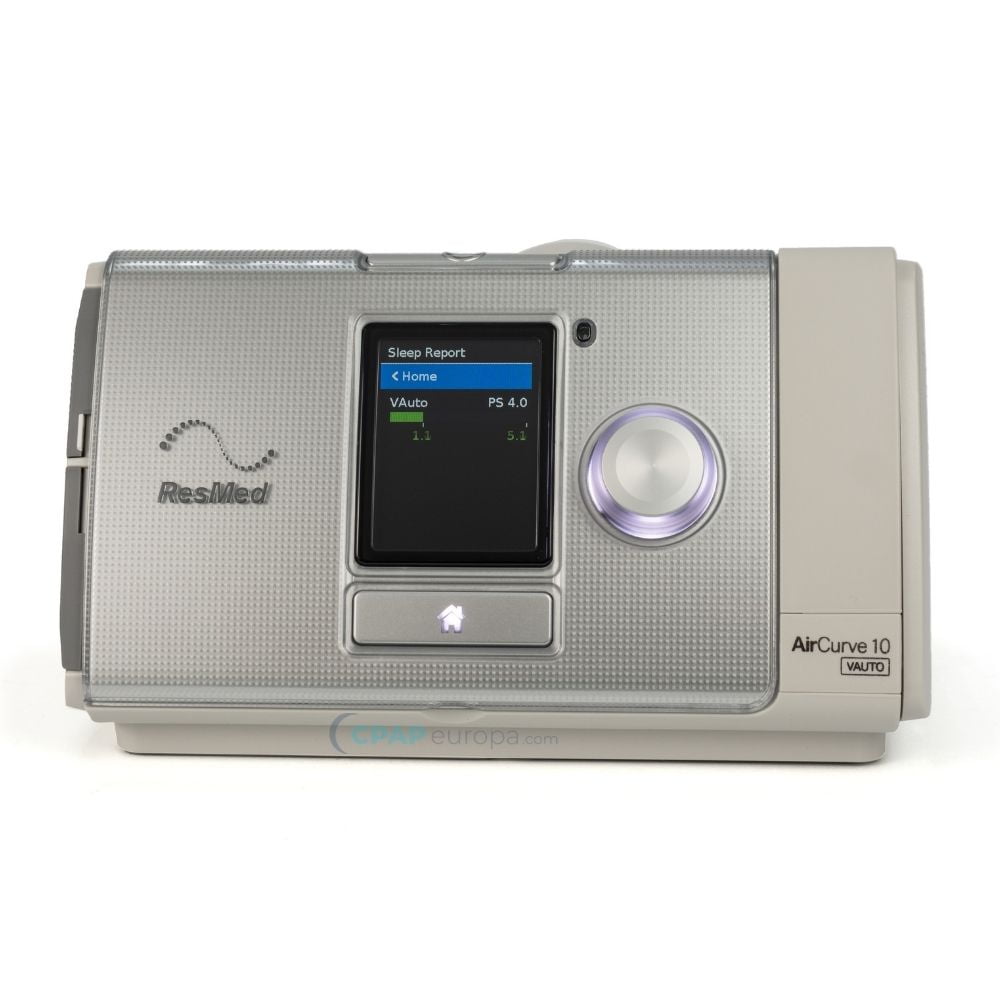
Use this link for the best current ResMed discount
2. ResMed AirCurve 10 VAuto BiLevel Device
Price: €2,300.00
While the AirCurve 11 takes the crown, the ResMed AirCurve 10 VAuto remains a highly sought-after device. Its proven track record of reliability and comprehensive feature set make it a compelling choice for those seeking effective BiPAP therapy.
Notable Features:
- VAuto Mode: Experience personalized pressure adjustments throughout the night, ensuring optimal breathing support in response to your changing needs.
- Climate Control: Maintain the perfect balance of humidity and temperature for maximum comfort throughout your therapy session.
- Easy-Breathe Technology: Mimicking natural breathing patterns, this technology delivers a smoother, more comfortable breathing experience.
- TiControl: Gain greater control over your therapy by fine-tuning pressure settings to precisely match your individual requirements.
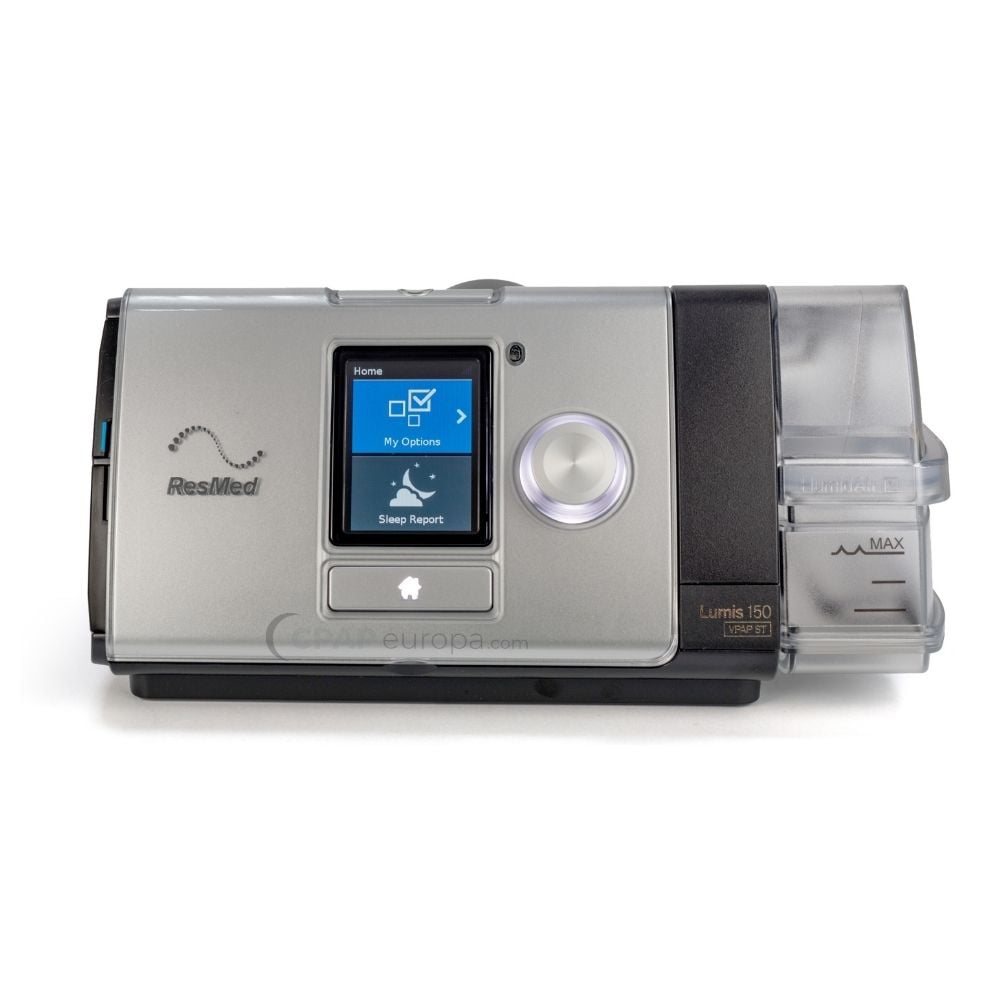
Use this link for the best current ResMed discount
3. ResMed Lumis 150 VPAP ST
Price: €2,900.00
The ResMed Lumis 150 VPAP ST caters to users who demand advanced features and a high degree of personalization in their BiPAP therapy.
Advanced Capabilities:
- iVAPS Mode: Experience intelligent ventilation with iVAPS mode, which adapts to your unique breathing needs and provides personalized support.
- Precise Pressure Control: Fine-tune your therapy with adjustable trigger and cycle sensitivity settings, allowing for precise control over pressure delivery.
- Gentle Pressure Increase: The ramp technology gradually increases pressure at the start of your therapy session, ensuring a comfortable transition into sleep.
- Travel-Friendly Design: Compact and lightweight, the Lumis 150 VPAP ST is ideal for users who travel frequently.
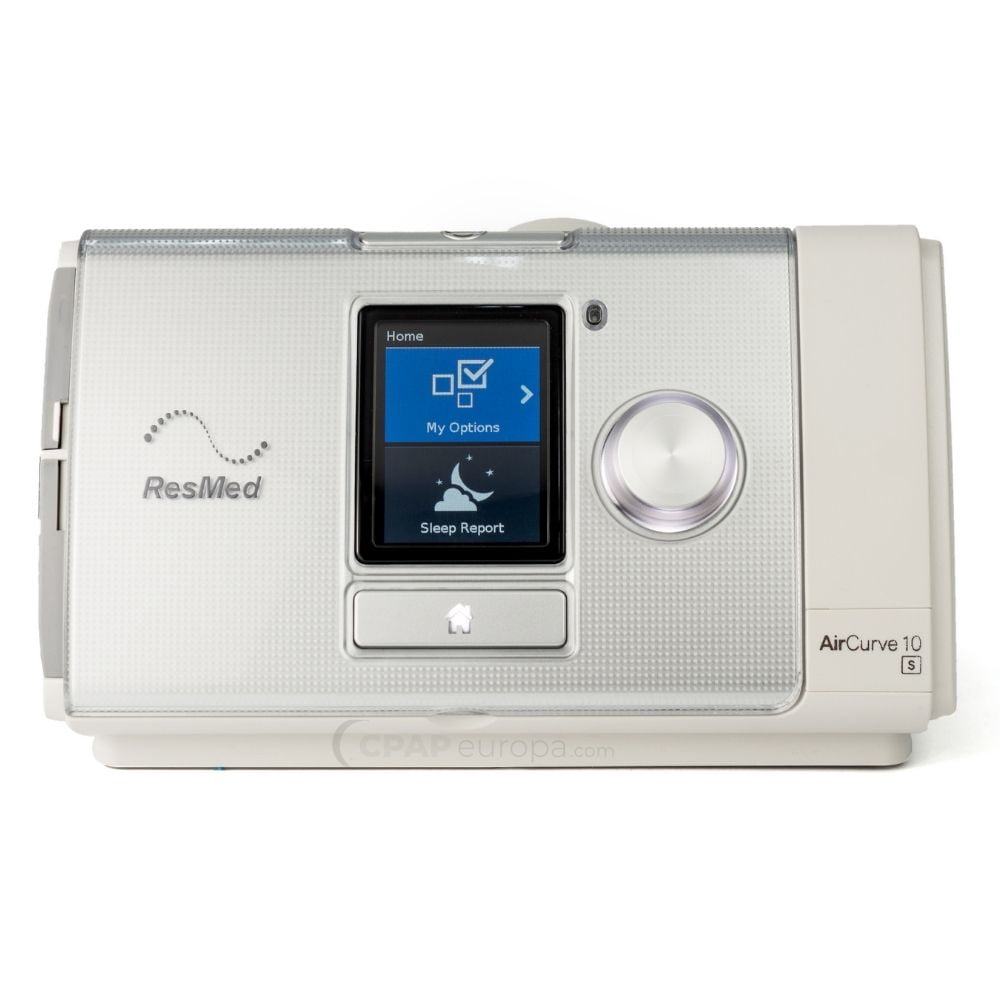
Use this link for the best current ResMed discount
4. ResMed AirCurve 10 S BiPAP Device
Price: €1,699.00
For those seeking a more budget-friendly option without compromising on quality, the ResMed AirCurve 10 S delivers effective BiPAP therapy with essential features.
Essential Features:
- Consistent Pressure Delivery: Maintain a constant pressure level throughout the night with fixed pressure settings, ensuring consistent therapy.
- Enhanced Comfort: Experience greater comfort during exhalation with Easy-Breathe pressure relief, which gently reduces pressure to promote natural breathing.
- Integrated Humidification: The built-in humidifier adds moisture to the airflow, preventing dryness and irritation for a more comfortable therapy experience.
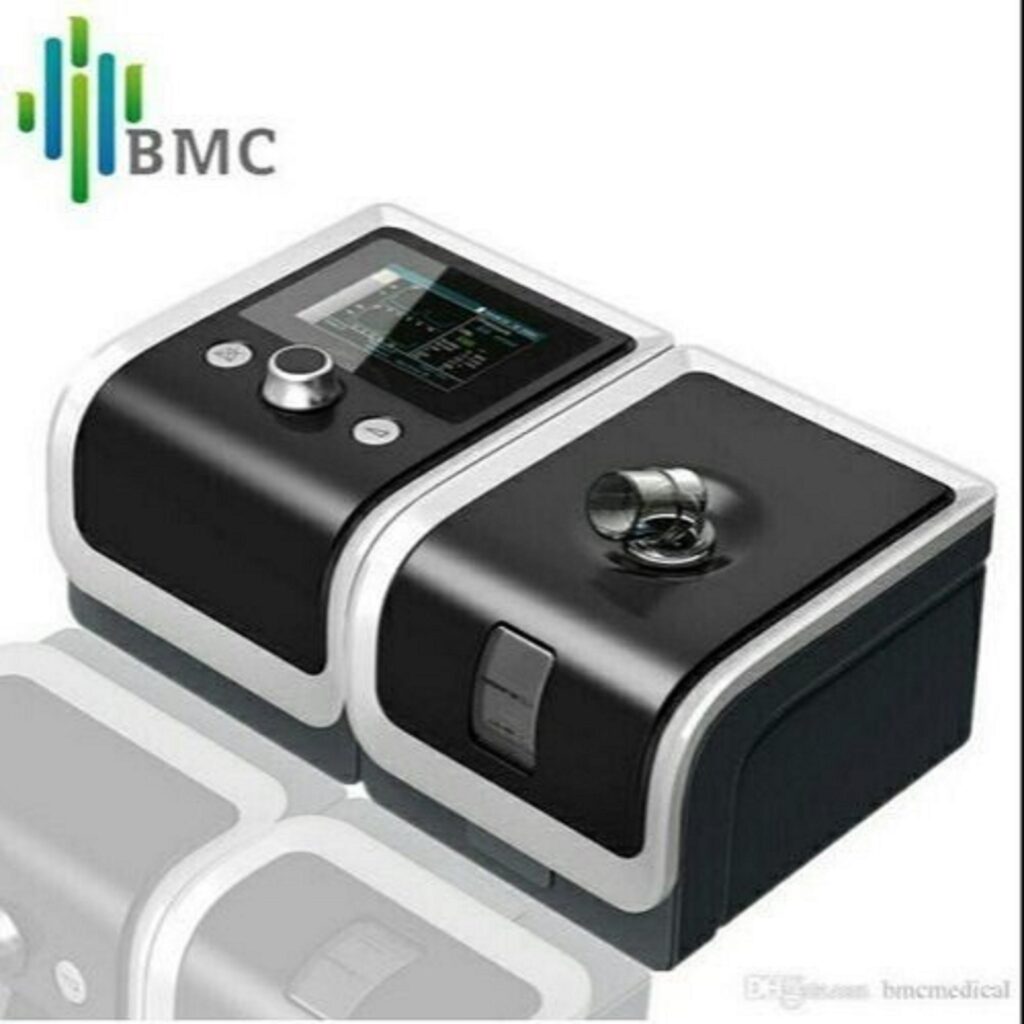
Use this link for the best current BMC discount
5. RESmart BiPAP GII 25T
Price: €1,500.00
The RESmart BiPAP GII 25T is a cost-effective choice that offers solid performance and essential features for those seeking reliable BiPAP therapy without breaking the bank.
Key Advantages:
- Personalized Pressure: Adjust pressure settings to match your individual needs, ensuring effective and comfortable therapy.
- Gradual Pressure Increase: The ramp function allows for a gradual increase in pressure at the start of your therapy session, promoting a comfortable transition into sleep.
- Portable Design: Compact and lightweight, this device is convenient for travel and storage.
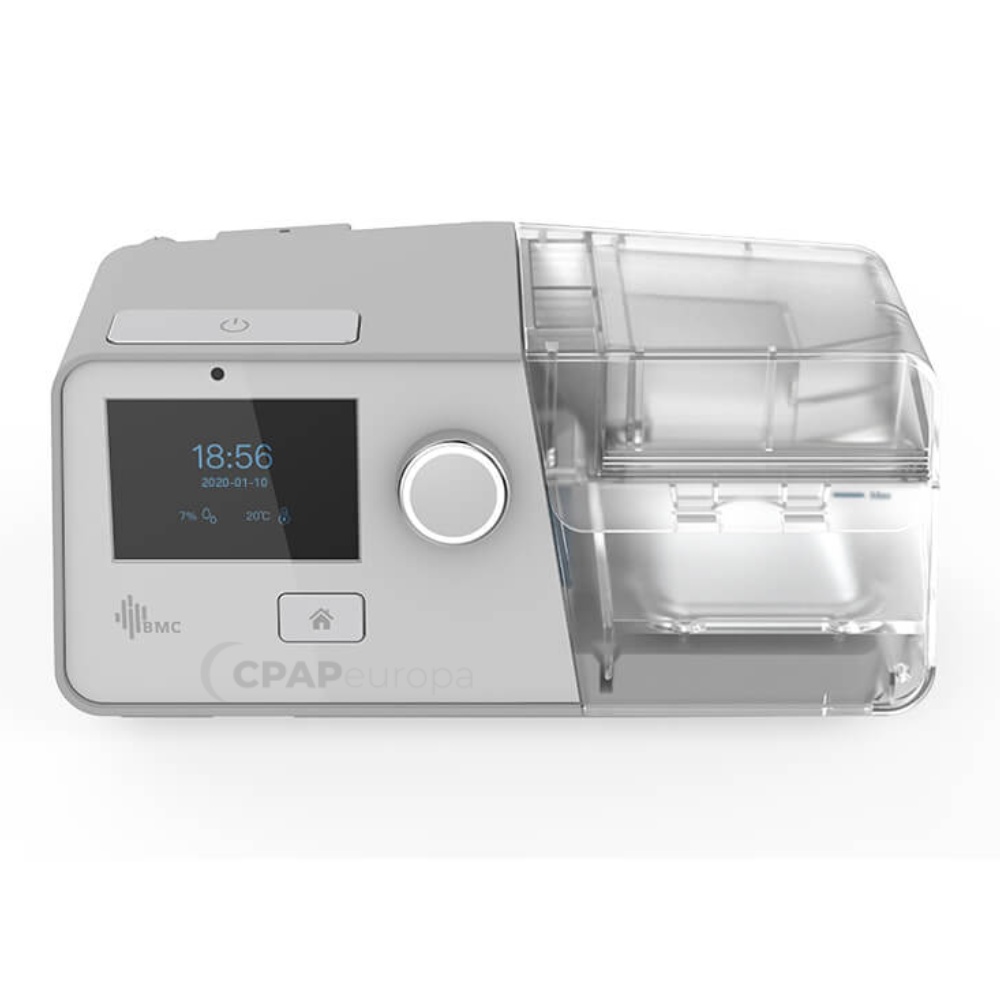
Use this link for the best current BMC discount
6. BMC G3 B30VT BiPAP with Humidifier
Price: €1,399.00
Another budget-friendly contender, the BMC G3 B30VT prioritizes simplicity and ease of use while providing essential BiPAP features.
Key Features:
- Adjustable Pressure Settings: Tailor your therapy by adjusting pressure settings to meet your specific needs.
- Humidification for Comfort: The integrated humidifier adds moisture to the airflow, enhancing comfort and reducing common side effects like dryness.
- Quiet Operation: Enjoy a peaceful sleep environment with the device’s quiet operation.
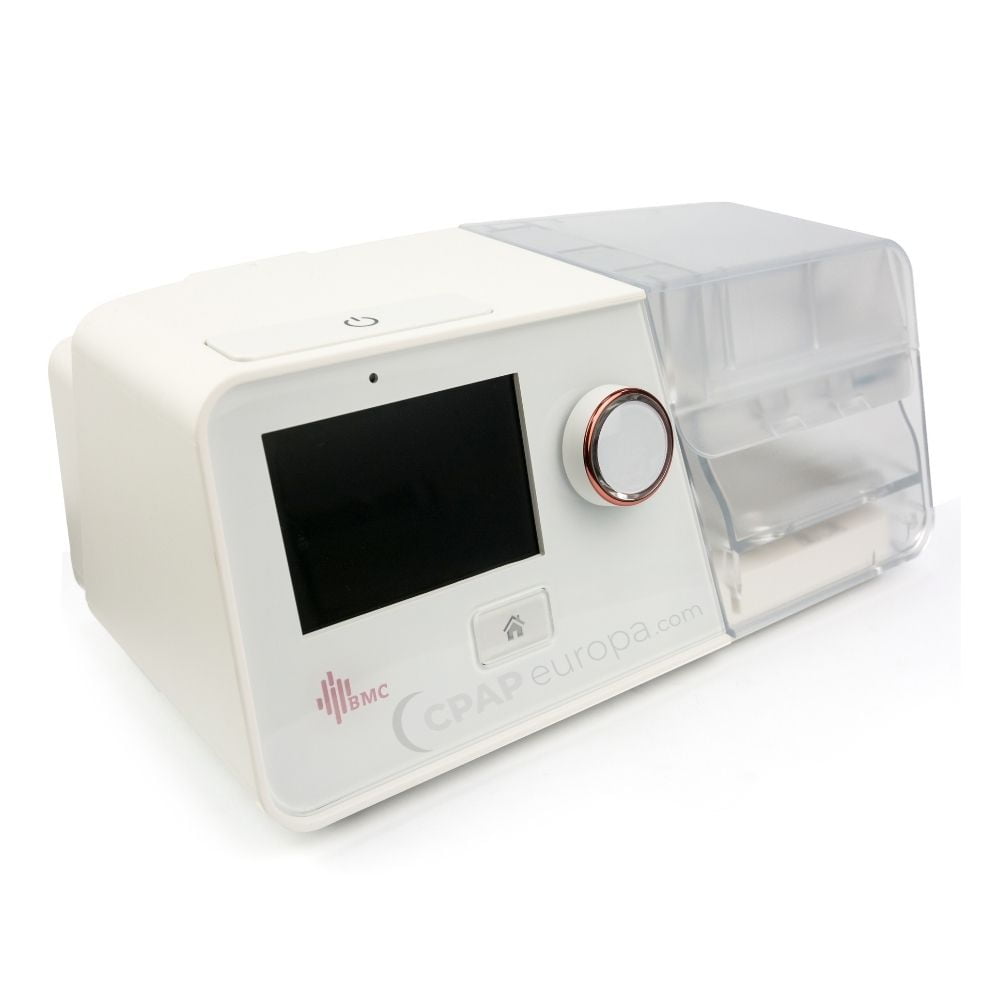
Use this link for the best current BMC discount
7. BMC G3 B25A BiPAP with Humidifier
Price: €999.00
The BMC G3 B25A stands out as the most affordable BiPAP machine on our list, offering basic functionality without compromising on essential features.
Core Functionality:
Personalized Pressure: Adjust pressure settings to find the level that provides optimal comfort and therapy effectiveness.
Humidification: The included humidifier adds moisture to the airflow, reducing dryness and irritation for a more comfortable experience.
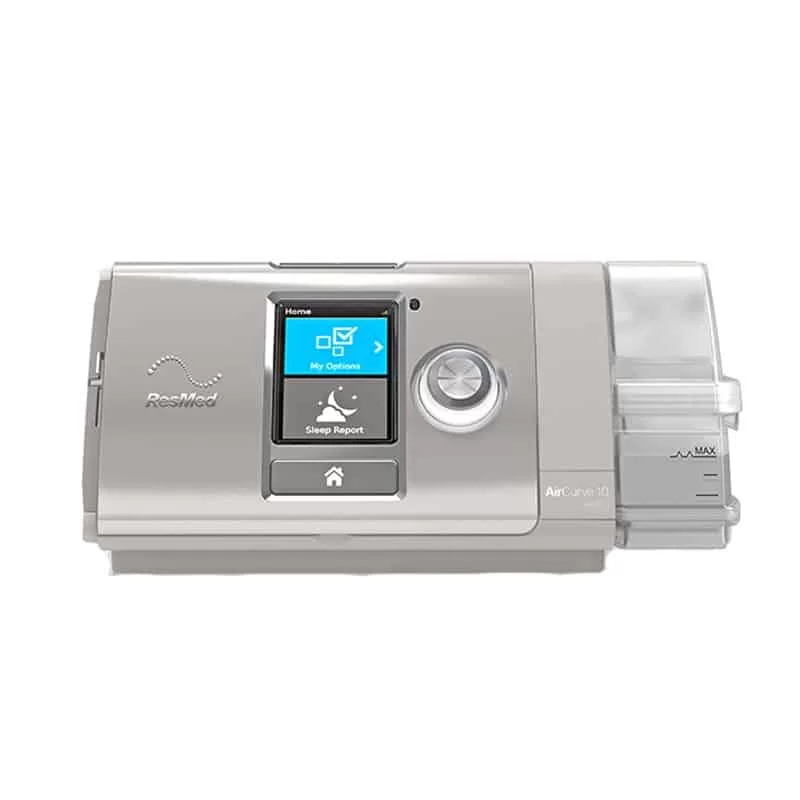
Use this link for the best current ResMed discount
8. AirCurve 10 CS PaceWave ASV with Heated Humidifier
Price: €4,500.00
The AirCurve 10 CS PaceWave ASV is a highly specialized BiPAP machine designed for individuals with complex sleep apnea, including central sleep apnea.
Specialized Features:
ASV Mode: Adaptive servo-ventilation intelligently adjusts pressure support to address central sleep apnea and complex breathing patterns.
PaceWave Technology: This technology helps to regulate breathing rhythm and improve sleep quality by providing gentle pressure support.
Heated Humidification: The heated humidifier offers enhanced comfort and reduces side effects by adding warm moisture to the airflow.
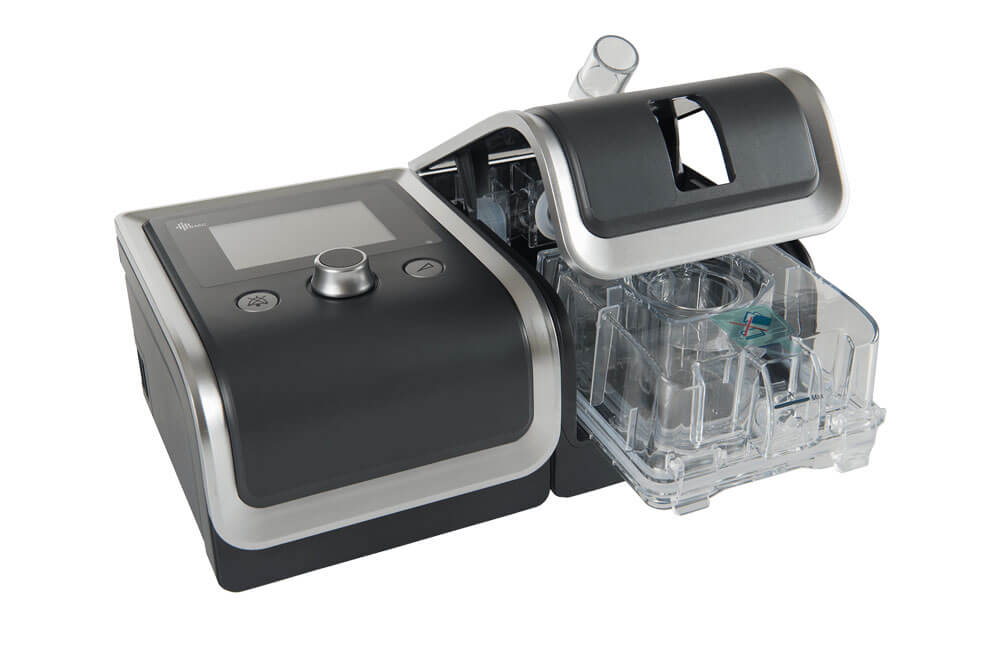
Use this link for the best current BMC discount
9. RESmart GII BiPAP System Y-30T with IVAPS
Price: €1,750.00
The RESmart GII BiPAP System Y-30T with IVAPS combines advanced features with intelligent pressure adjustments to deliver personalized and effective BiPAP therapy.
Advanced Technology:
IVAPS Mode: Intelligent volume-assured pressure support adapts to your breathing needs, ensuring personalized ventilation.
Adjustable Pressure Settings: Customize your therapy by adjusting pressure settings to achieve optimal comfort and effectiveness.
Heated Humidification: The heated humidifier adds warm moisture to the airflow, enhancing comfort and reducing side effects.
This detailed guide provides a comprehensive overview of the best BiPAP machines available on CPAPeuropa.com. Remember that choosing the right BiPAP machine is a personalized decision. We strongly recommend consulting with your doctor or sleep specialist to determine which device is best suited for your individual needs and medical condition.
